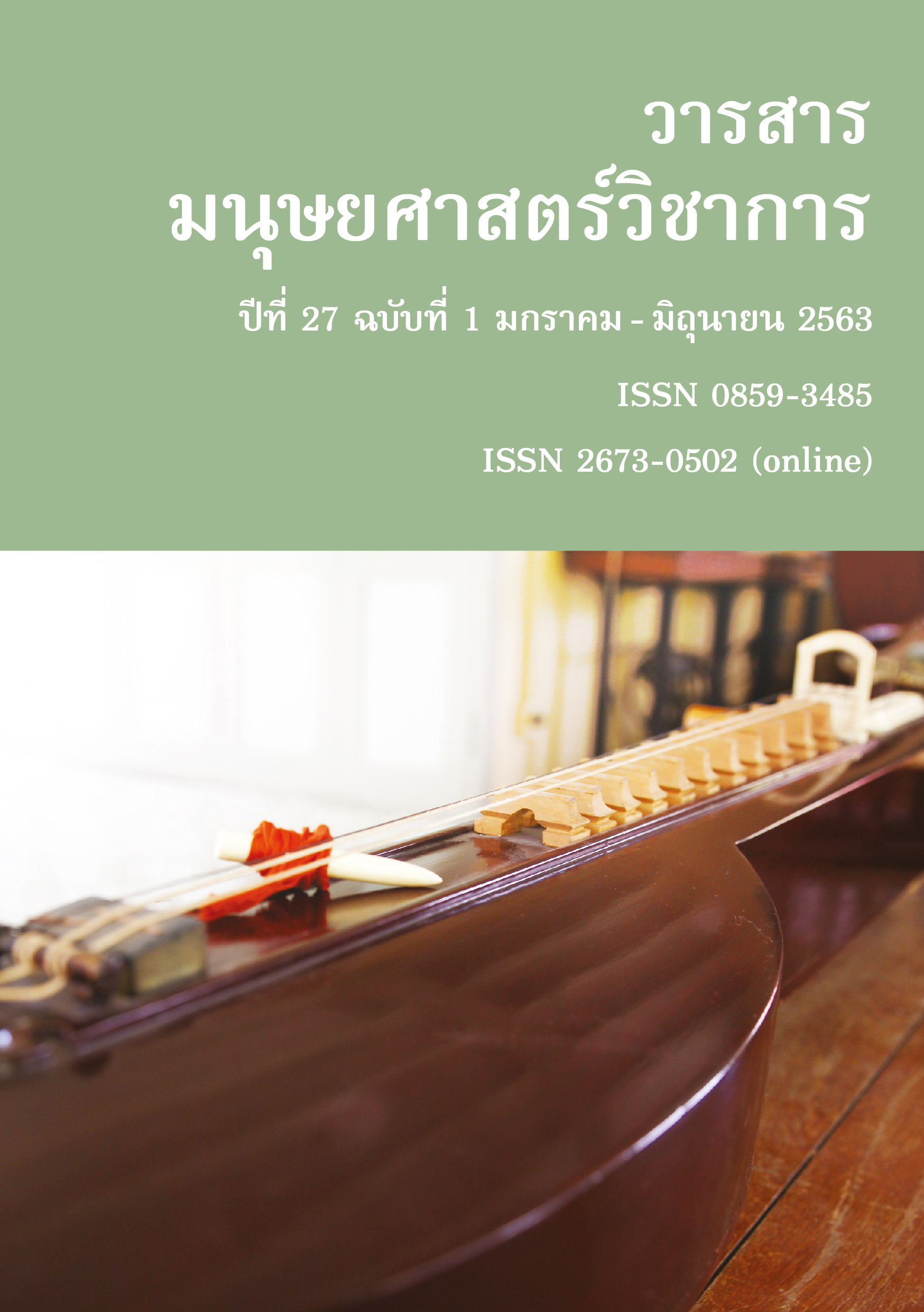Teaching Ecocriticism Retelling Stories through the Eyes of Animals
Main Article Content
Abstract
This research article examines students’ responses to the representation of animals in “The Great Whale’s Mistake” (1974) by Russell Baker as well as the ways students retell the story from their own socio-cultural perspectives. The study employs the framework of “posthumanism” (Buell, 2011), which questions the privileging of the human species above others. Posthumanism argues that a human-centred worldview is the root cause of animal and nature exploitation. I apply this framework to my teaching approach by asking students to read and recreate Baker’s story. More specifically, the study applies the concept of “anthropomorphism” (Buell, 2005) as a theoretical perspective for data analysis. Anthropomorphism is the attribution of human emotions and traits to non-human beings. The article explores how students represent and voice animal concerns in polluted environments. A qualitative approach is used to interpret observation and reflections obtained from undergraduate English major students’ drama activities during an English learning camp held by the Department of English, Faculty of Humanities, Naresuan University, in the academic year 2018. This article argues that students’ engagement with Baker’s story allows them to shift from an anthropocentric to an ecocentric viewpoint by recognising the value of animal life. Through the process of reading and retelling the story, students become aware of the threats that animals face and suggest ways to solve different problems of conservation, ethics and values. They also develop their intercultural learning skills by linking environmental issues in the story to the Thai context in which they live in.
Article Details
References
Baker, R. (1974). Retrieved April 19, 2018, from https://www.nytimes.com/1974/06/23/archives
/the-great-whales-mistake-sunday-observer.html.
Buell, L. (1995). The environmental imagination. Cambridge: Harvard University Press.
Buell, L. (2005). The future of environmental criticism: Environmental crisis and literary imagination.
Malden, MA: Blackwell Publishing.
Buell, L., Heise, U. K., & Thornber, K. (2011). Literature and environment. The Annual Review of
Environment and Resources. 36: 417-440.
Garrard, G. (2012). Teaching ecocriticism and green cultural studies. Basingstoke: Palgrave
Macmillan.
Kerridge, R. (2006). Environmentalism and ecocriticism. In P. Waugh (Ed.), Literary theory and
criticism: An oxford guide (pp. 530-543). New York: Oxford University Press.
Kramsch, C. (2011). The symbolic dimensions of the intercultural. Language Teaching. 44.3,
-367.
Küchler, U. (2014). Where foreign language education meets, clashes and grapples with the
environment. In R. Bartosch & S. Grimm (Eds.), Teaching environments: Ecocritical
encounters (pp. 23-34). Frankfurt: Peter Lang.
Matthewman, S. (2011). Teaching secondary English as if the planet matter. Oxon: Routledge.
Welling, B. H. & Kapel, S. (2012). The return of the animal: Presenting and representing non-human
beings response-ably in the (post-)humanities classroom. In G. Garrard (Ed.), Teaching
ecocriticism and green cultural studies (pp. 104-116). Basingstoke: Palgrave Macmillan.
White, L., Jr. (1996). The historical roots of our ecologic crisis. In C. Glotfelty & H. Fromm (Eds.),
The ecocriticism reader: Landmarks in literary ecology (pp. 3-14). Georgia: University of
Georgia Press.
Worster, D. (1993). The wealth of nature: Environmental history and the ecological imagination.
New York: Oxford University Press.


